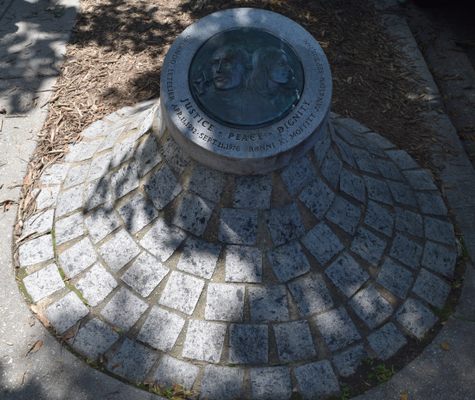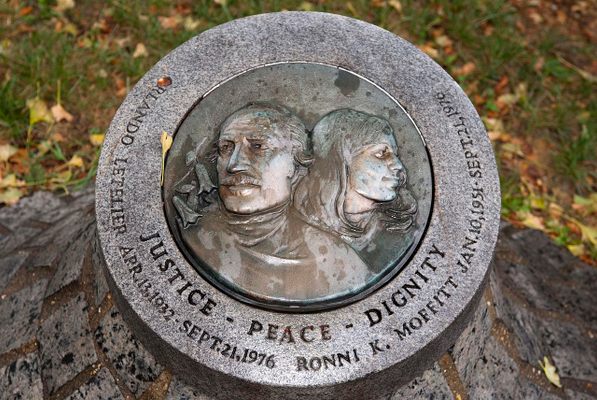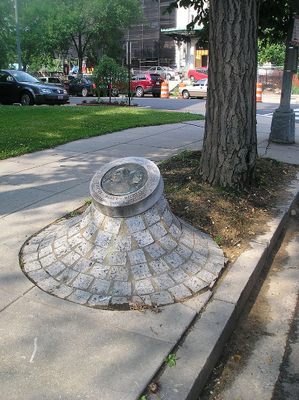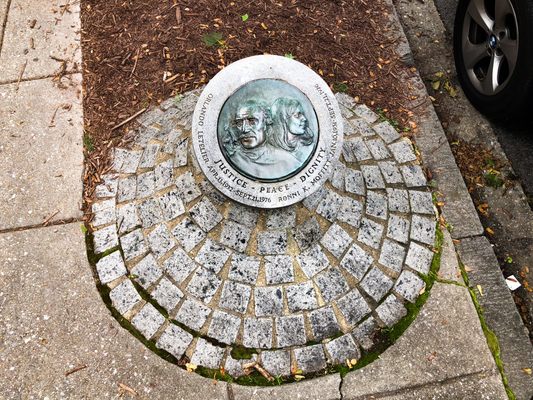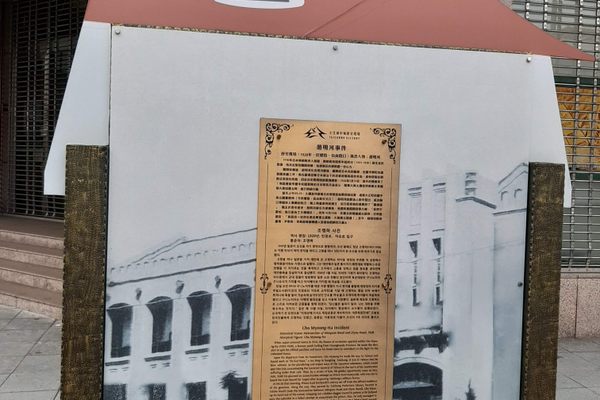About
On September 21, 1976, a car driving around Sheridan Circle — in the heart of Washington, D.C.'s Embassy Row — exploded. The car was being driven by Orlando Letelier, an outspoken opponent of Chilean military dictator Augusto Pinochet. The explosion claimed Letelier's life as well as that of his passenger and colleague Ronni Karpen Moffitt, and was caused by a remote control bomb planted by the Chile's secret police.
Letelier was a Chilean socialist economist who had served in Salvador Allende's socialist government in various roles, including Minister of Foreign Affairs, Minister of the Interior, Minister of Defense, and Chile's Ambassador to the United States. After the coup that installed Pinochet in September 1973, Letelier was imprisoned and tortured for 12 months before international pressure forced the regime to release him.
First finding refuge in Caracas, Letelier subsequently moved to Washington, D.C., accepting a fellowship at the Institute of Policy Studies and teaching classes at American University. While living in the United States he lobbied to stop the U.S. and European nations from trading with or providing loans to the Pinochet regime. He was successful in his efforts; after blocking a Dutch investment of $63 million in Chilean mining, Pinochet revoked his Chilean citizenship by decree on September 10, 1976.
Less than two weeks later, Letelier was assassinated via car bomb. He was unfortunately accompanied in his car by his coworker Ronni Moffitt and her husband Michael, who were getting a lift because their car had broken down (Michael sustained injuries but survived the explosion). Later investigations showed that the assassination was carried out by DINA (the Chilean secret police) on the direct orders of Augusto Pinochet.
The small memorial honoring both Letelier and Moffitt was unveiled in 1981 near the spot where the bomb detonated. It was erected in connection with the Letelier-Moffitt Human Rights Award, which is conferred annually by the Institute of Policy Studies. Additionally, a commemoration ceremony is held at the monument every September on the Sunday nearest to the 21st to remember Letelier and Moffitt and highlight the ongoing, worldwide struggle for human rights. The three-foot tall granite monument topped with a bronze plaque can be found on the sidewalk near the Irish and Romanian embassies.
Related Tags
Community Contributors
Added By
Published
May 26, 2016
Sources
- http://www.bbc.com/news/magazine-14994035
- http://ncph.org/history-at-work/human-rights-lessons-the-letelier-moffitt-monument-and-an-international-terrorist-attack/
- http://www.ips-dc.org/letelier-moffitt-human-rights-awards/
- http://www.ips-dc.org/events/39th-annual-letelier-moffitt-memorial-program/
- https://www.washingtonpost.com/archive/local/1981/09/21/memorial-honors-letelier-moffitt-at-sheridan-circle-where-they-died/5f5d85f6-1cf0-4f1a-b17a-7850c119a564/
- https://en.wikipedia.org/wiki/Assassination_of_Orlando_Letelier
- https://en.wikipedia.org/wiki/Orlando_Letelier

